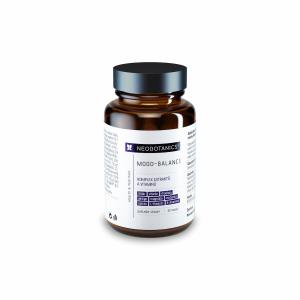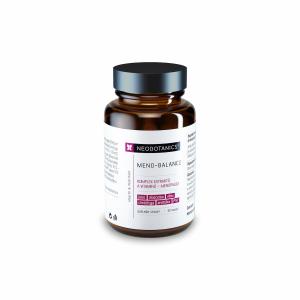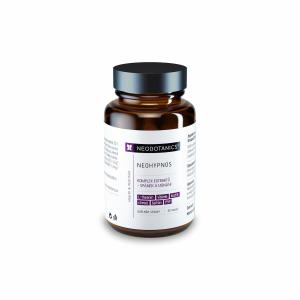White Mullein (Morus alba)
Other names: White mulberry, White mulberry
Harm score: 1 (Natural substances)
The white mulberry, also known as white mulberry or white mulberry, is a deciduous tree native to China. Today, however, it can be found all over the world. Although this plant can reach a height of up to 10 metres and is therefore considered a tree, it can sometimes be found as a smaller shrub. Its leaves are alternate, glossy green and irregularly forked. Interestingly, there can be up to 11 different types of leaves on a single white mulberry tree. The white mulberry is especially valuable for its fruits, which are high in vitamin C and more sweet than the black mulberry species.
Its fruits, small oval berries, consist of a few juicy berries that turn from white to pinkish-purple when ripe. They are edible and have a sweet fruity taste. In China they are used to make a traditional fruit drink, but they can also be made into marmalades, jams or compotes. The leaves of the white mulberry themselves are used as food for the silkworm caterpillars, which are silk producers. In addition, they are also used in the production of teas and have a place in traditional Chinese medicine, where they are used to treat diabetes, asthma, atherosclerosis or to boost immunity. Mulberry wood is used in joinery and in the manufacture of musical instruments.
White Mullein (Morus alba) can be found in the following products

Flavo-Lymf - tincture without alcohol (50 ml) - lymphatic system and vascular system
Product detail
Mood-Balance (60 capsules) - for psychological well-being
Product detail
Conditioner 200 ml
Product detail
Conditioner Intense 200 ml
Product detail
Meno-Balance (60 capsules) - for comfort during menopause
Product detail